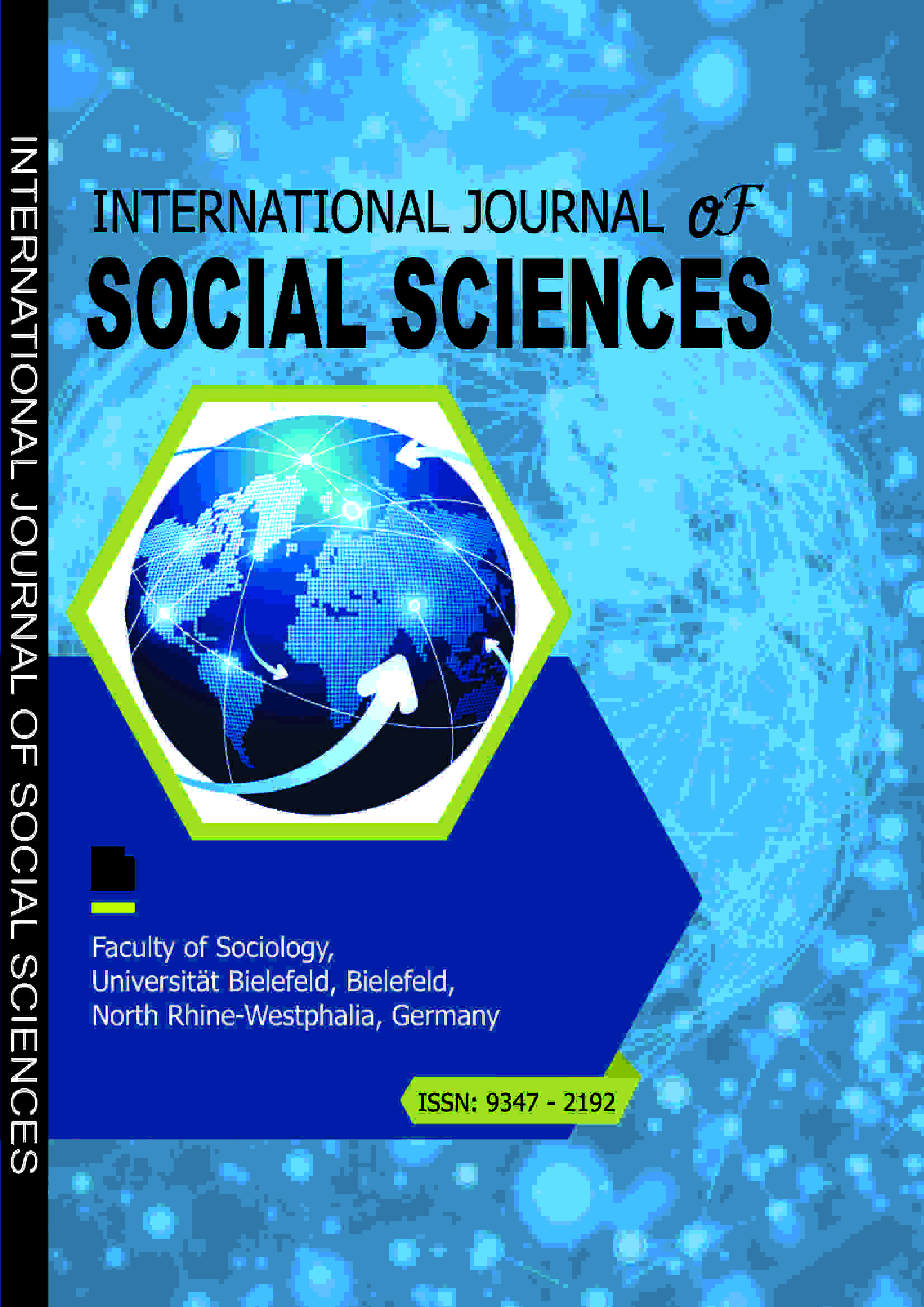INTERNATIONAL JOURNAL OF SOCIAL SCIENCES (IJSS)
How Do Commercial and Non-commercial Banks Adjust Capitalization Ratio: Evidence from Tanzania
E-ISSN: 7885-4322
P-ISSN: 9347-2192
DOI: https://iigdpublishers.com/article/244
This study examines the dynamic balanced panel data to explore the level of capitalization adjustment process for commercial and non-commercial banks in Tanzania for a period of 10 years from2012 to 2021 in a two-step system GMM estimator. The findings of the research reveal that the cost of adjustment towards the required bank capitalization ratio is lower for commercial and non-commercial banks operating in Tanzania. The results are significant to the instantaneous adjustment process of a capitalization ratio measured in terms of the ratio of bank total equity to total assets. This finding is consistent with the dynamic trade-off theory of capitalization ratio using the coefficient value of the lagged response variable. The result reveals further that return on assets reduces the cost of the target bank capitalization ratio which means it eliminates the financial distress because return on assets is easier to be valued by investors. Therefore, it can be used as an indicator of the good performance of banks that can increase the easy availability of external capital from prospective and existing investors. The negative and significant sign of the bank size coefficient (-0.710) implies that the sample of banks in this study in terms of equity to assets ratio causes the capitalization ratio to deviate from the target level. This is consistent with the too-big to fail hypothesis. Abdulhamid et al. (2019) hold that an inverse association between bank size and capitalization ratio would happen because large banks have comparative advantages in non-traditional banking activities (interest) since they can operate with a fixed cost. The findings of this study have significant policy implications for economic and financial sector growth.
Salvio Elias Macha PhD & Salama Yusuf PhD
Abbas, F., & Masood, O. (2020). How do large commercial banks adjust capital ratios: Empirical evidence from the USA.Economic Research-Ekonomskaistraživanja, 33(1), 1849-1866.
Abbas, F., Masood, O., & Ali, S. (2021). Financial development and bank risk-taking: Empirical evidence from the USA. Intellectual Economics, 15(1), 64-87.
Abdulhamid, B., Azmi, W., & Ali, M. (2019). Bank risk and financial development: Evidence from dual banking Countries. Emerging Markets Finance and Trade, 56(2), 286-304. http://doi.org/10.1080/1540496X.2019.1669445
Adrian, T., & Shin, H. S. (2010). Liquidity and leverage. Journal of Financial Intermediation, 19(3), 418-437.
Bakkar, Y., De Jonghe, O., & Tarazi, A. (2019). Does banks’ systemic importance affect their capital structure and balance sheet adjustment processes? Journal of Banking & Finance, 105518. https://doi.org/10.1016/j.jbankfin.2019.03.002
